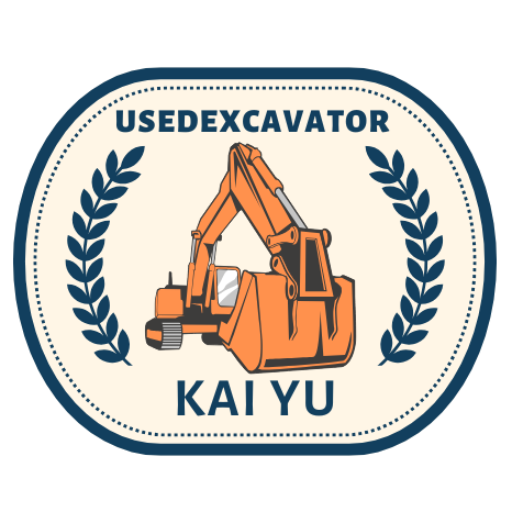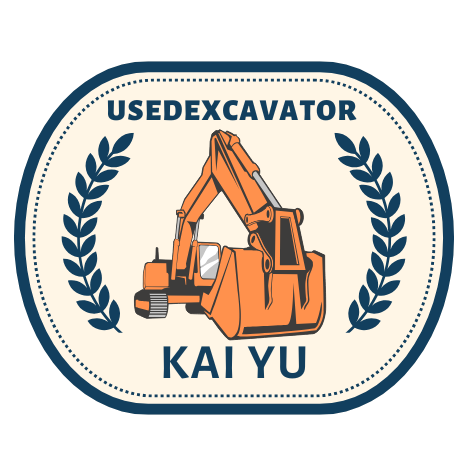When it comes to heavy construction equipment, loaders are indispensable machines used to move materials such as dirt, gravel, and rocks. They come in various types, and two of the most commonly used are wheel loaders and track loaders. While both serve similar functions, their design, capabilities, and ideal applications differ significantly. Understanding the advantages and limitations of wheel loaders versus track loaders is essential for making an informed decision on which type of loader best suits your needs.
What Are Loaders?
Loaders are heavy machinery vehicles equipped with a bucket or scoop on the front. Their primary function is to load materials onto trucks, transport materials across construction sites, or stockpile materials. Loaders come in different configurations and sizes, ranging from compact models for smaller projects to massive machines used in large-scale industrial operations.
There are two main categories of loaders that differ in mobility: wheel loaders and track loaders. The primary difference lies in their mobility mechanisms: wheeled vs. tracked.
Wheel Loaders: Definition and Advantages
Wheel loaders, as the name suggests, operate on wheels. These machines are commonly used in environments where speed and maneuverability are important. They feature a large front-mounted bucket and are typically found on construction sites, mines, or any operation where material handling is required.
Advantages of Wheel Loaders:
- Faster Travel Speeds: Since wheel loaders are equipped with tires, they can travel much faster than their tracked counterparts. This makes them ideal for jobs that require constant movement between different locations within a site or even between job sites.
- Maneuverability: Wheel loaders offer better maneuverability, especially in tight spaces or congested areas. They are easier to steer and can make sharp turns, making them highly effective in smaller work areas.
- Lower Maintenance Costs: Compared to tracked machines, wheel loaders generally have lower maintenance costs. Tires are more affordable to replace than tracks, and they are less prone to wear and tear on hard, flat surfaces.
- Ideal for Hard, Stable Surfaces: Wheel loaders excel on smooth, stable surfaces like asphalt or concrete, where their speed and efficiency can be fully realized. If your project involves a flat, solid terrain, a wheel loader is an ideal choice.
- Less Ground Damage: Since wheel loaders are lighter and don’t have the weight and surface area of tracks, they tend to cause less damage to the ground. This is particularly important when working on sensitive surfaces like paved roads or landscaping.
Disadvantages of Wheel Loaders:
- Less Traction on Soft or Uneven Terrain: While wheel loaders work great on hard surfaces, their tires do not provide the same level of traction as tracks. On soft, uneven, or muddy terrain, wheel loaders may struggle to move efficiently.
- Less Stability on Rough Terrain: On uneven ground or steep inclines, wheel loaders can have less stability, leading to difficulty in balancing or potential tipping hazards.
Track Loaders: Definition and Advantages
Track loaders, also known as crawler loaders, operate on continuous tracks instead of wheels. These machines are designed for work in environments that demand excellent traction and stability, particularly in soft or rugged terrain. Track loaders are generally slower than wheel loaders but offer superior capability in challenging conditions.
Advantages of Track Loaders:
- Superior Traction: Track loaders offer unmatched traction, making them ideal for use on soft, muddy, or uneven ground. The continuous tracks distribute the weight of the loader over a larger surface area, reducing the risk of getting stuck or sinking into soft soil.
- Better Stability on Rough Terrain: Tracks provide better stability and weight distribution, which allows track loaders to navigate uneven, rocky, or sloped surfaces more easily than wheel loaders. This makes them invaluable for projects in construction, forestry, and landscaping where the ground is irregular.
- Enhanced Floatation: Because of the larger surface area of the tracks, track loaders are better at floating over soft ground compared to wheel loaders, reducing the chances of getting bogged down in wet or sandy conditions.
- Ideal for Landscaping and Excavation: Track loaders are typically used in more demanding applications such as excavation and grading work. Their superior stability and traction make them well-suited for heavy-duty tasks where precision and power are necessary.
Disadvantages of Track Loaders:
- Slower Travel Speeds: Track loaders are generally slower than wheel loaders, especially when traveling long distances. Their bulky tracks limit their ability to move quickly across flat terrain or over long distances, making them less efficient in terms of speed.
- Higher Maintenance Costs: Track loaders require more maintenance than wheel loaders. The tracks can be expensive to replace and can wear out more quickly, especially in harsh operating environments like construction sites or rough terrain.
- Increased Ground Pressure: Despite their excellent traction, track loaders exert higher ground pressure compared to wheel loaders. This means they can cause more damage to the surface, particularly on delicate or paved roads.
Choosing Between Wheel Loaders and Track Loaders
When deciding between a wheel loader and a track loader, the key factors to consider are:
- Type of Terrain:
- If you need a machine for soft, muddy, or rugged ground, a track loader is the better choice.
- For smoother, more stable surfaces, such as paved or compacted roads, a wheel loader is more efficient.
- Speed Requirements:
- If you require fast movement between job sites or across long distances, a wheel loader is more suited to the task due to its higher travel speeds.
- Project Size and Scope:
- For smaller, confined spaces, a wheel loader’s superior maneuverability will be beneficial.
- For large-scale construction or mining operations in challenging environments, a track loader is more versatile.
- Maintenance and Operating Costs:
- If keeping operating costs low is a priority, wheel loaders typically incur lower maintenance expenses. However, track loaders might be necessary for jobs where stability and traction are the top priority.
Conclusion
Both wheel loaders and track loaders have their unique advantages depending on the type of work you’re doing. Wheel loaders are excellent for high-speed, maneuverable tasks on stable surfaces, while track loaders are designed for challenging terrains where traction and stability are critical.
Understanding the specific needs of your project and the conditions in which the equipment will be used is essential in choosing the right loader. Whether you’re managing a construction site, working in forestry, or conducting earth-moving operations, selecting the right loader will help optimize productivity, reduce downtime, and enhance the overall efficiency of your work.


